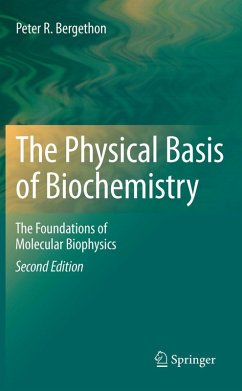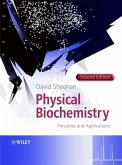The Physical Basis of Biochemistry is an introduction to the philosophy and practice of an interdisciplinary field in which biological systems are explored using the quantitative perspective of the physical scientist. As with the first edition, the idea that a fundamental understanding of the basic physical principles underlying chemical biological systems is vital remains the focus of this second edition. This new edition of The Physical Basis of Biochemistry has substantial new material added with respect to models at the simple molecular level (including van der Waals gases and virial treatments) which is tied to coverage of models of polymer thermo-dynamics. The second edition is partitioned into five sections: the central concept that science is a way of looking at the world; the physical under-pinnings of biophysical chemistry with an emphasis first on energy, work and forces of biological importance; exploring how models applicable to molecular biophysics are constructed; the three-dimensional potential energy surface put into motion; and a succinct discussion of the bio-physical methods used to evaluate structure and function in biological systems. Additionally, a section of appendices continues to serve the pur¬pose of presenting some review information and certain topics in detail. The Physical Basis of Biochemistry will be of interest to quantitatively-oriented biologists as well as aspiring chemists, physicists, and engineers with an interest in biological systems.
Dieser Download kann aus rechtlichen Gründen nur mit Rechnungsadresse in A, B, BG, CY, CZ, D, DK, EW, E, FIN, F, GR, HR, H, IRL, I, LT, L, LR, M, NL, PL, P, R, S, SLO, SK ausgeliefert werden.









